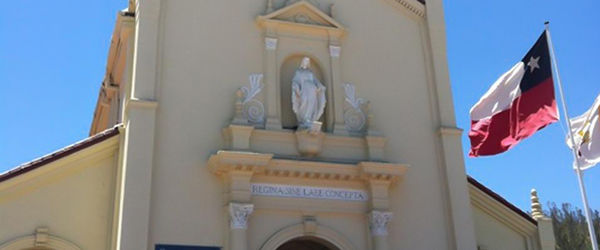They came to talk about magnets, microwaving water for houseplants, electrical currents, de-salination and the flammability of fabrics, among other topics.Students from seven Catholic schools in Deanery 10 recently shared top projects from their recent science fair entries at a combined Deanery Science Fair. Taking place at St. Luke School in Temple City, the early evening event wasn’t organized for competition, but rather as inspiration for students to check out other projects as well as demonstrate their own experiments in science.
“This is the first time we have done this and it’s more of a showcase than competition,” said St. Therese middle school science teacher Daad Jarrous who organized the multi-school event. “We had a very good turnout with parents, students. We’re already talking about doing next year, maybe with some incentives for students who participate.”
The top three junior high placers at each school were invited to bring their science fair project to the Deanery science fair. Participating schools included St. Therese and St. Thomas More (Alhambra), San Gabriel Mission and St. Anthony (San Gabriel), St. Stephen and St. Thomas Aquinas (Monterey Park), and host St. Luke.
St. Therese sixth grader Sean Segura enjoyed talking to visitors about his project that involved how fast water moved through various materials, including sand, gravel and potting soil. “I was demonstrating the project to whoever wanted to see it,” he said. “The fair was a good way to see what the older grades were doing. It gave me some ideas for next year.”
Seventh grader Val Gomez enticed family and friends to participate in his project involving testing lung capacity. “My hypothesis was that a male in his prime who did not smoke would have a better lung capacity,” he said. “I was right!”
Overall, many of the projects on display had environmental themes to them, as evidenced by sixth grader Victoria Carlos who delved into the practical ways of cleaning up oil spills. “I found out that cotton balls did the best job. They soaked up more because of their fibers,” she said.
“We will continue this program next year,” said Jarrous. “We want students to know that science is interesting and enjoyable. They have such a good time working on their projects and then talking about them afterward --- just like real scientists.”
---Brenda Rees

